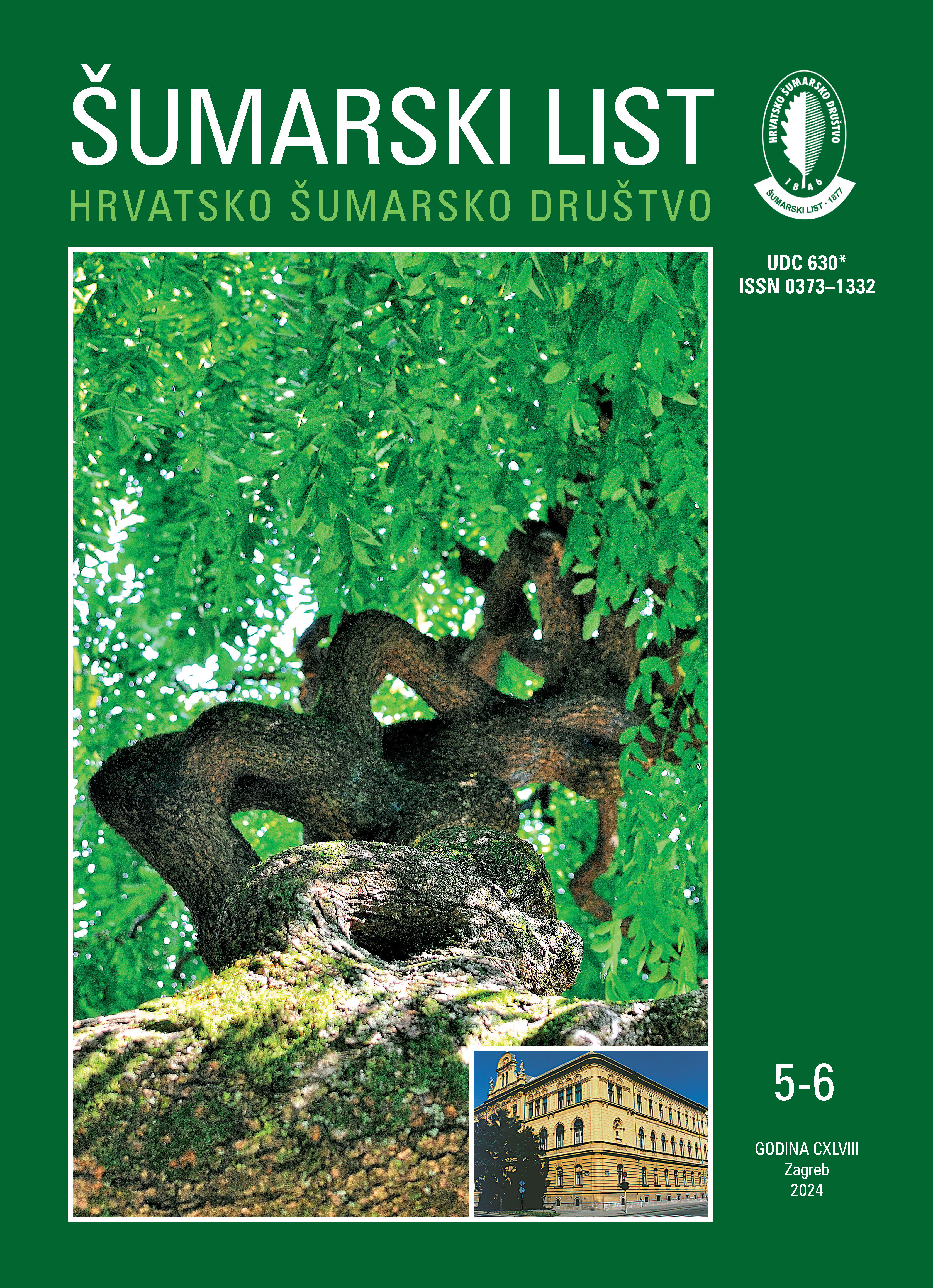Brown bear (Ursus arctos L.) distribution model in Europe
Current situation and the potential role of climate change
Keywords:
Brown bearAbstract
Brown bear, described as the largest carnivore in Europe, has a large body. While the brown bear can move safely and comfortably in its own habitat thanks to its large size, it is challenging for them to travel to different habitats over long distances. Therefore, negative changes that may occur with global warming may cause the existing brown bear populations and their habitats to be restricted, reduced, or destroyed. In this study, it was aimed to reveal the effect of Chelsa climate envelope models for current and future years on brown bear habitats in Europe. For this purpose, it was used the MaxEnt method, frequently used in wildlife species distribution modelling. The current habitat suitability model of the brown bear was in the “good model” category with the training data set ROC value of 0.834 and the test data set ROC value of 0.828. The variables contributing to the current model are annual range of temperature (48.2%), mean monthly precipitation amount of the warmest quarter (22.1%), temperature seasonality (18.2%) and annual precipitation amount (11.5%), respectively. When the mapping results used the variables contributed to the brown bear current habitat suitability model are compared with the IUCN inventory results, the current brown bear habitats in Europe will change regionally. However, it has been determined that brown bear habitats will shrink according to the SSP126 Chelsa climate scenario of the year 2100, and these habitats will fragment according to the SSP370 scenario, and that brown bear habitats disappear in some regions in the SSP585 scenario.
Published
Issue
Section
License
Copyright (c) 2024 Ahmet Acarer

This work is licensed under a Creative Commons Attribution-NonCommercial 4.0 International License.


